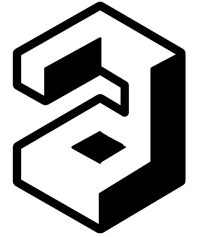The Psychometric Properties of Body-Related Self-Conscious Emotion Measures for Turkish Adolescents: Esem and Cfa Approaches
No Thumbnail Available
Date
2025
Authors
Journal Title
Journal ISSN
Volume Title
Publisher
Springer
Open Access Color
OpenAIRE Downloads
OpenAIRE Views
Abstract
The aim of this study was to investigate the psychometric properties of the “Body and Appearance Self-Conscious Emotions Scale (BASES)” and “Body and Fitness-Related Self-Conscious Emotions Scale (BSE-FIT)” for Turkish adolescents. Each scale consists of 16 items and four subscales (shame, guilt, authentic pride, and hubristic pride) and items are responded on 5-point Likert scale. The psychometric properties of BASES and BSE-FIT were tested on 332 girls and 264 boys, a total of 596 participants (Mage=13.88, SDage=1.92). Confirmatory factor analysis (CFA) and exploratory structural equation modelling (ESEM) with multi-group analysis (MGA) were used to test the 4-factor and 2-factor structures and measurement invariance. Cronbach’s alpha internal consistency coefficient and composite reliability (CR) were calculated for reliability. According to the model fit indices and factor loadings, the most appropriate model was the 4-factor CFA model for BASES and BSE-FIT. Cronbach’s alpha and CR coefficients were 0.79 and above in the 4-factor CFA structures of both scales. In addition, MGA demonstrated factor structures, factor loadings, intercepts, and measurement error variance of BASES and BSE-FIT were equivalent according to sex, school level, sport status, region, and body mass index. In conclusion, BASES and BSE-FIT are valid and reliable in Turkish adolescents, and both scales provided measurement invariance in adolescents with different demographic characteristics. © The Author(s), under exclusive licence to Springer Science+Business Media, LLC, part of Springer Nature 2025.
Description
ORCID
Keywords
Adolescents, Appearance, Body, Physical Fitness, Self-Conscious Emotions
Turkish CoHE Thesis Center URL
Fields of Science
Citation
0
WoS Q
Q2
Scopus Q
Q2
Source
Current Psychology
Volume
44
Issue
4
Start Page
2152
End Page
2165
PlumX Metrics
Citations
Scopus : 1
Captures
Mendeley Readers : 4
SCOPUS™ Citations
1
checked on Dec 06, 2025
Web of Science™ Citations
1
checked on Dec 06, 2025
Page Views
22
checked on Dec 06, 2025

Google Scholar™
